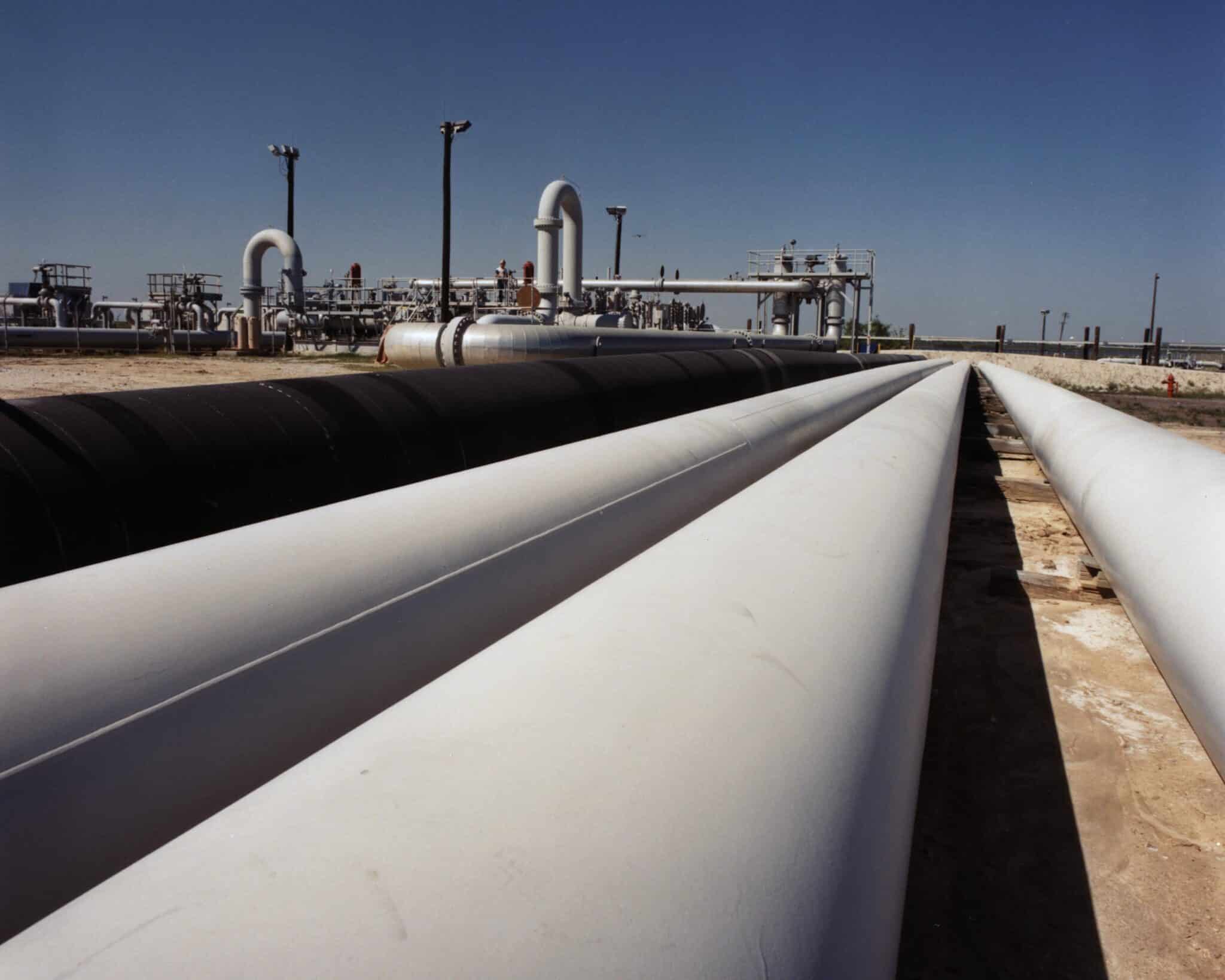View/Download this article in PDF format.
The Transportation Infrastructure Finance and Innovation Act (TIFIA) was adopted by Congress in 1998 to leverage federal resources and attract private and non-federal capital into transportation infrastructure by providing credit assistance to projects of national or regional significance.
As the debate over the next transportation bill gets underway, there are proposals in Congress to dramatically increase the amount of funding for this loan program. This paper outlines how TIFIA function and makes several suggestions (spelled out in more detail in the paper) as Congress considers changes to the program:
- The program should continue to fund only the worthiest projects, not water down selection criteria simply because more money is available, and not weaken program requirements. Standards for funding should remain high.
- The current cap that restricts federal investment to 33% of project costs should be kept, to ensure that taxpayers are protected to the greatest extent possible.
- Any increase in TIFIA funding should be offset with other transportation spending reductions or revenue increases.
The following is an overview of the program and a more detailed explanation of our recommendations.
How the TIFIA Program Works
Administered by the U.S. Department of Transportation’s (DOT) Office of Innovative Program Delivery, the TIFIA program provides competitive loans, loan guarantees, and lines of credit2 to qualified public or private borrowers, including state governments, private firms, special authorities, local governments, transportation improvement districts, or a consortium these entities, such as public‐private partnerships. Loans are backed by the full faith and credit of the U.S. Treasury. Eligible projects include highway and transit facilities, intelligent transportation systems, international bridges or tunnels, and intercity passenger rail and bus infrastructure. TIFIA loans offer an applicant:
- A 35‐year fixed‐rate loan for up to 33 percent of the projects costs.
- Non‐variable interest rate set at Treasury note equivalent.
- Up to a five‐year deferral of payments after project completion.
- Ongoing debt service can be sculpted and modified to prevailing circumstances.
To qualify for TIFIA funding, applicants must meet the following project requirements:
- Project cost must be greater than $50 million ($15 million for intelligent transportation systems projects).
- A dedicated revenue stream must exist to repay the loan (e.g. tolls, local property tax).
- All applicable Federal laws (environmental, labor, civil rights, etc.) must be obeyed.
- Project must have necessary state and or local approvals (transportation plans and permits).
- The TIFIA loan can be junior to private investment in terms of its lien on a project’s cash flow, but in cases of insolvency or bankruptcy, the TIFIA debt must have a parity lien. The TIFIA loan itself can be the senior debt, but itself must be investment grade if this is the case.
The most recent transportation bill provides the TIFIA program with $122 million in annual appropriations. Congress has increased the funds available to the TIFIA program in recent years, but DOT has not taken full advantage of what Congress has provided. Through the American Recovery and Reinvestment Act (the 2009 stimulus bill), Congress created a $1.5 billion Transportation Investment Generating Economic Recovery (TIGER) discretionary program, of which $250 million could be used for additional TIFIA loans. DOT, which oversees the TIGER program, used only $60 million to support TIFIA loans for five projects. A second round of funding – dubbed TIGER II – allowed for up to $150 million in TIFIA loans, but only one loan for $20 million was granted. DOT is currently accepting applications for funding through TIGER 3, and can use as much as $150 million for TIFIA loans.
When deciding the projects to fund, DOT weights applications on percentage based criteria (see text box) which allow DOT to competitively score and rank each project. This process is intended to reveal more economically sound projects and prevent funding those that are less worthy or politically driven.
According to the Federal Highway Administration (FHWA), the TIFIA program has provided $8.3 billion in credit assistance since 1998 to projects with total costs of $30.7 billion. Recent examples of the 22 projects that have received TIFIA assistance include the Denver Union Station rebuild, the Central Texas Turnpike System, and the I‐ 495 Capital Beltway (DC Area) High Occupancy Toll Lanes Project. Meanwhile, demand for TIFIA assistance remains extremely high. For FY 2011, letters of interest and outstanding applications amounted to over $14 billion in TIFIA requests.
TIFIA’s Advantages and Disadvantages
TIFIA holds several advantages for both borrowers and taxpayers. Borrowers benefit from fixed interest rates below what they could find in the private market and a flexible payment structure that allows for payment deferral and early loan repayment. In addition, it is easier to attract other (private) investment
| TIFIA’s percentage‐based criteria4: Private participation ‐ 20 % Environmental impacts ‐ 20 % National or regional significance ‐ 20 % Project accelerations ‐ 12.5 % Credit worthiness ‐ 12.5 % Use of new technologies ‐ 5 % Reduced federal grant assistance ‐ 5 % Consumption of budget authority ‐ 5 % |
due to the federal backing of one‐third of the project costs and this co‐investment indicates the strong public sector commitment to project. TIFIA benefits for taxpayers:
The power to leverage. One dollar committed by Congress to the TIFIA program results in as much as $10 in TIFIA loan assistance, because only about 10 percent of the total loan is “scored” against the federal budget to account for the risk of the investment (the potential for losses from loan defaults). Since TIFIA assistance can make up no more than one‐third of a project’s funding, this $10 in loans would leverage up to $30 in total project costs. So a $1 federal investment leverages up to $30 worth of project costs.
Significant public benefit.
TIFIA helps finance large projects with significant public benefit at relatively lower public risk, and allows projects to be built on a shorter timeframe than traditional transportation funding would allow. In addition, less federal investment on any single project allows more projects to receive assistance.
Reduced public risk.
In exchange for the benefit of additional projects being built, there is some taxpayer risk, but these risks are shared with private sector or other non‐federal borrowers. Though TIFIA liens on project revenues can be subordinated (‘junior’) to senior lenders, in the event of bankruptcy, insolvency, or liquidation the TIFIA lien would rise to parity with senior creditors thus retaining taxpayer interest to the greatest extent possible.
Increased efficiency.
Performance criteria, project prioritization, and private involvement help ensure that the most worthy projects receive support, preventing political pet projects and inefficient transportation spending. TIFIA also encourages private‐market efficiency in planning, designing, building, and operating transportation infrastructure.
| TIFIA Protects Taxpayer…California’s TIFIA‐financed “South Bay Expressway” defaults, but taxpayers emerge unscathed
In San Diego County’s western suburbs, the 10‐mile South Bay Expressway takes commuters from the county’s north side to the Otay Mesa Mexican border crossing. The $843 million state‐owned and privately operated roadway – originally estimated to cost $658 million – was constructed with substantial private financing and a $140 million TIFIA loan – the first TIFIA loan used to finance a toll road. The expressway’s 2007 opening culminated with the nation’s housing crash, suppressing traffic flow and toll revenues. A decline in cross‐border commercial traffic and growing regional unemployment further exacerbated these problems. By 2010, the roadway was unable to meet its debt service demands. South Bay Expressway LP — the private firm which operated the roadway under lease — filed Chapter 11 bankruptcy. At the time, the firm owed the federal government $172 million for the TIFIA loan; up from the initial $140 million due to capitalized interest. In December 2010, a bankruptcy reorganization plan emerged. As a result of TIFIA’s “parity lien” – which gives taxpayers equal claim as private lenders – taxpayers received $93 million in secured claims on future toll revenues in addition to 32% ownership of the project. The expressway emerged from Chapter 11 bankruptcy, and was then purchased for $345 million by SANDAG9 (San Diego Association of Governments). Though the project was TIFIA’s first ever default, the program’s structure protected federal taxpayers and will result in no loss of taxpayer dollars, assuming the outstanding loan is paid in full.This project serves as an important lesson in the risks of federally backed loans and the potential to miscalculate transportation investments. |
Possible concerns about TIFIA:
Default risk.
Though the federal share is no more than one‐third of a project’s costs, default can occur, leaving taxpayers at risk (see text box on this page).
Private finance displacement.
TIFIA loans may displace, rather than induce, capital market participation; this problem is less likely given the program’s current oversubscription.
Federal compliance.
Though a majority of funds are from private sources, projects are subject to all federal laws and regulations – including NEPA and the Davis Bacon Act – increasing costs compared to projects that only receive private funding.
Conclusion and Recommendations
TIFIA has been generally successful at leveraging both private and public (non‐Federal) investment into the nation’s transportation system. Sen. Barbara Boxer (D‐CA), Chair of the Environment and Public Works Committee, and Rep John Mica (R‐FL), Chair of the Transportation and Infrastructure Committee, have both called for increasing annual TIFIA funding to as much as $1 billion, well beyond the current $122 million the program current receives. Each has also called for increasing the share of a project that TIFIA funding can cover from the current 33 percent to 50 percent. Both of these changes would undoubtedly increase taxpayer risk. By increasing the amount of federal funds available under TIFIA, taxpayers would have more “skin in the game,” and therefore more exposure to loss. Similarly, as the share of a project covered by taxpayer funds increases, so too does taxpayer exposure in the case of project failure. Demand for these products remains very high and an increase in funding is justified. The program must continue to protect taxpayers, however, and TCS recommends the following be written into a new TIFIA policy as Congress debates this in the upcoming transportation reauthorization:
Fund only the worthiest projects.
The program should send out only as much funding as is actually warranted by project merit. Only projects that meet stringent funding requirements should be approved for funding under the program, even if that means leaving funds unspent.
Keep 33% funding cap in place.
TIFIA is currently structured to leverage private capital while protecting taxpayers from loss. A significant part of this projection is the requirement that no more than one‐third of a project may be funded with TIFIA funds. Not only does this limit exposure in the case of default, but also ensures a larger share of private investment. Project analysis conducted by private entities help ensure that only the most sound projects are funded. This also helps shield taxpayers from loss.
Don’t water down project criteria.
Congress should avoid the urge to strip away funding criteria in an effort to ensure that this money can be spread to a large number of projects. One of the reasons the TIFIA program works is that funding is limited to a few, worthy projects. The only way to ensure this continues is to keep in place stringent criteria for funding decisions. Project “scoring” and underlying criteria should be made publically available.
Don’t weaken program requirements.
Qualifying projects should still require investment‐grade senior debt and a dedicated revenue stream committed to loan repayment. Despite calls to alter or eliminate it, the “springing lien” should remain in place.
TIFIA increase must be offset with other transportation spending reductions or revenue increases.
Considering the difficult budgetary environment, priorities have to be set. Increasing TIFIA funding will require other budgetary items to be reduced or program revenues to be increased.










